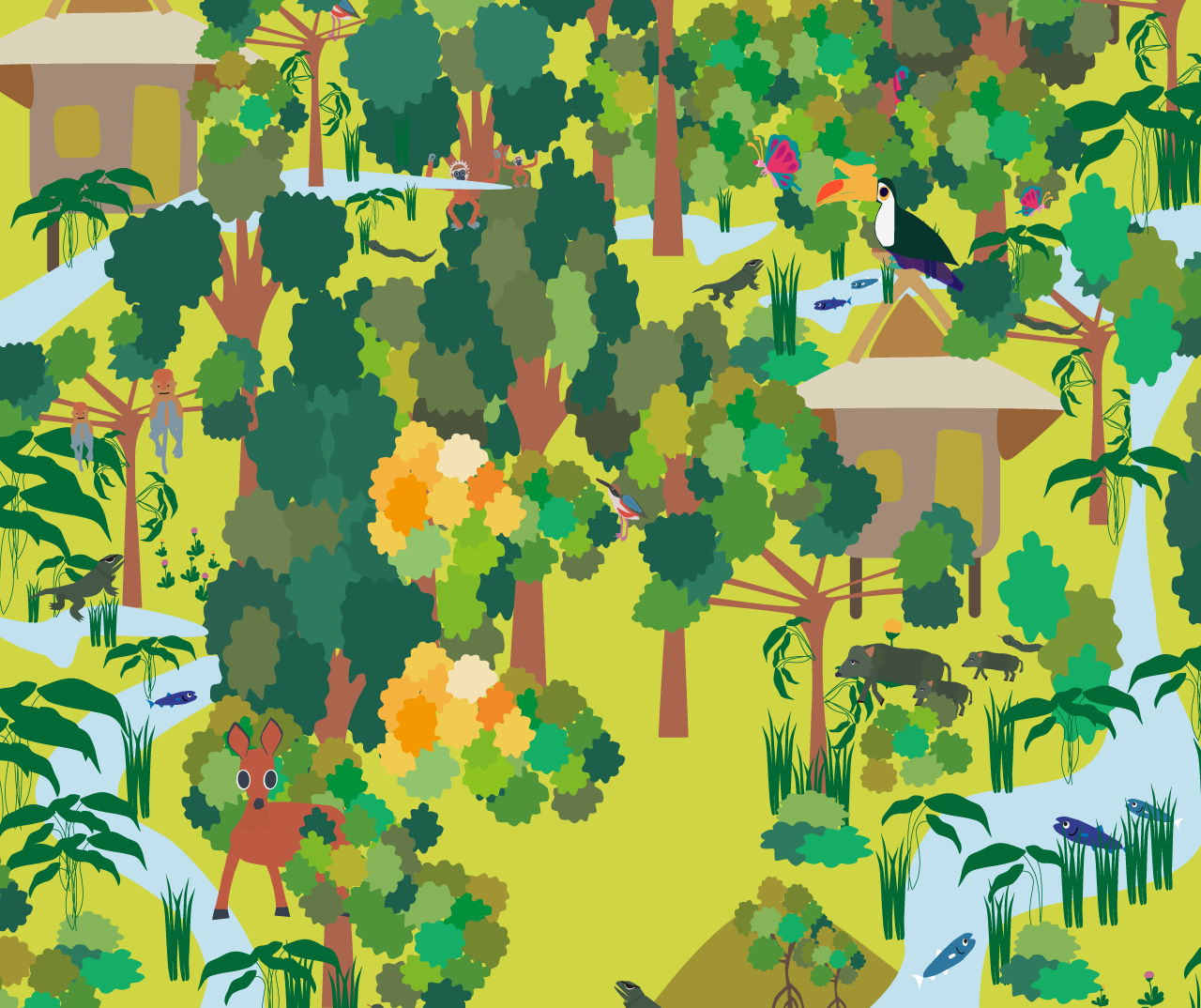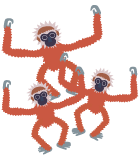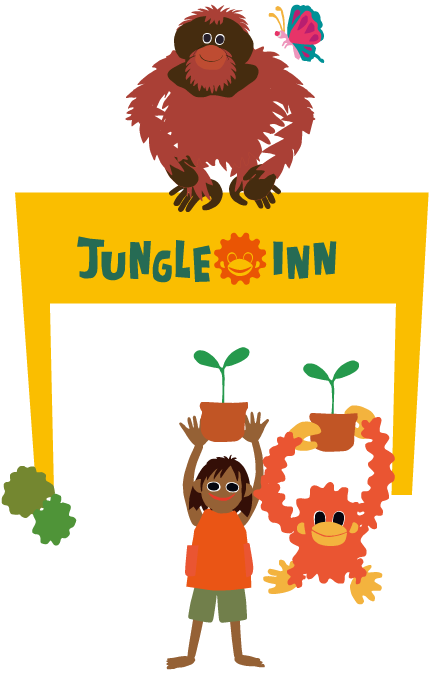
*
Jungle park
Since 2013, Manis Fan Club has planted 15,000 saplings, across the 10 hectares of land where we’re developing a park, together with the villagers. We plant indigenous trees and fruit trees that will become a resource for the local community; this will also expand the habitat of a few wild orangutans living in the Harapan village.
We use our membership fees, donations, grants from corporations, and the sales of kago*-bags (*basket-type bag in Japanese) for our tree-planting program. Over the last few years, more villagers have joined in our initiative, through activities such as growing saplings at their own homes. We feel an increased responsibility in our role as bridge between people living in developed countries and the villagers, while ensuring fair wages for the local labourers and collecting funds to realize the park project.
Tanjung Puting National Park on the southern shore of Borneo island is an orangutan sanctuary. In the adjoining biosphere reserve, there’s a small village of just 300 people called Harapan, also a habitat for orangutans. In 2013, F.C. Manis launched the “Jungle Park project” to grow a future forest where the villagers and wildlife could live in harmony.
A habitat of orangutans, the forest people, is considered a healthy forest. We envision a nature park and village that will be sustained through planting trees, managing forests, and nurturing the wildlife.
During the 1930’s, the Dutch colonial government designated this area an orangutan and proboscis monkey conservation area. In 1971, Dr. Birutė Galdikas came and established a research base, Camp Leakey. In 1979, UNESCO declared it a biosphere reserve and in 1982 it became a national park. Villagers who were living by slash-and-burn farming within the park were forced to relocate to the other shore and follow the agricultural program set out by the government. The program unfortunately failed and now instead, the area has been turned into palm tree plantations.



